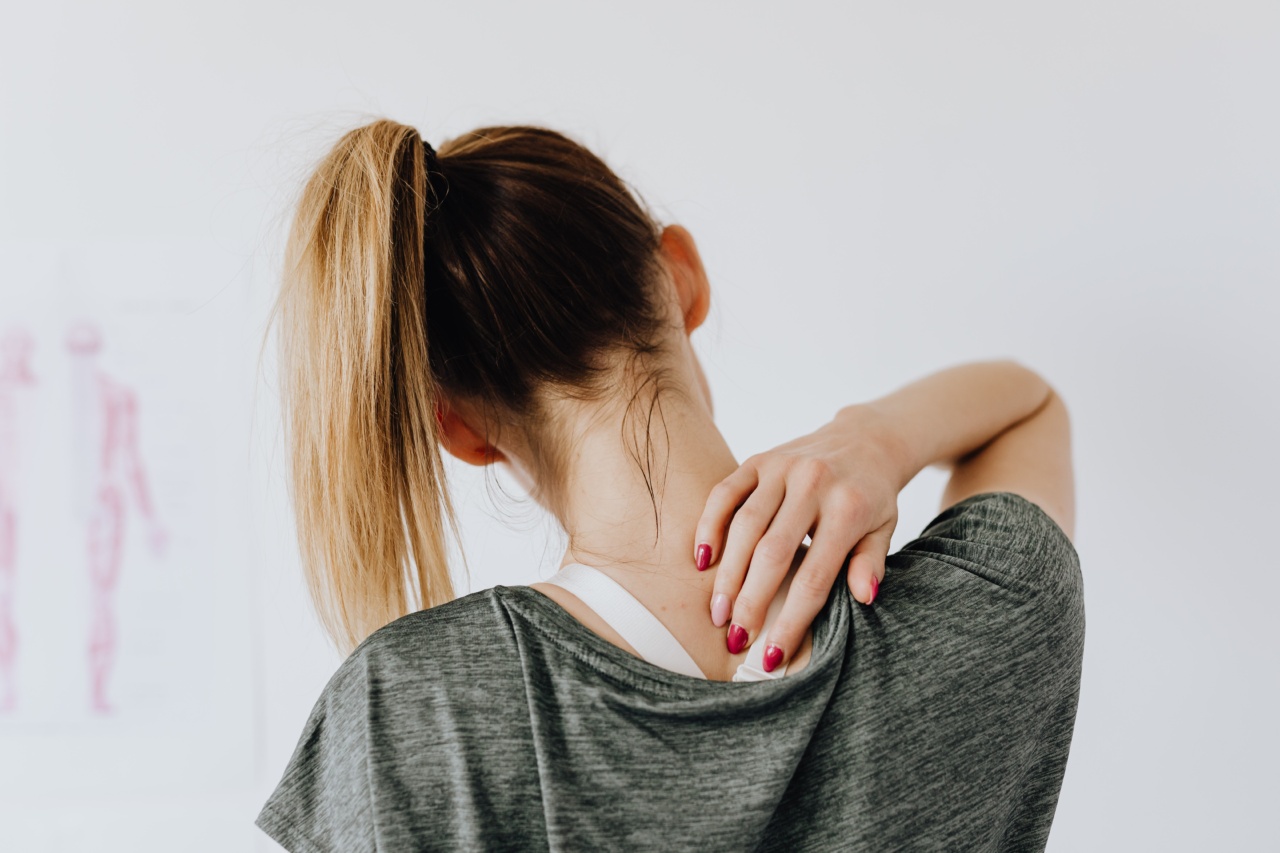High arches, also known as pes cavus, is a foot condition where the arch of the foot is higher than normal.
While many people with high arches do not experience any discomfort or pain, for some individuals, this foot structure can contribute to various issues, including back pain. In this article, we will explore how high arches can potentially lead to back pain and discuss preventive measures and treatment options to alleviate the symptoms.
Anatomy of High Arches
The foot is composed of various bones, muscles, ligaments, and tendons that work together to support the body’s weight and provide balance and stability during movement.
The arch of the foot, which stretches from the heel to the ball of the foot, helps absorb shock and distribute weight evenly across the foot.
Individuals with high arches have an exaggerated arch, causing more weight to be distributed onto the balls of the feet and the heels.
This excessive pressure can disrupt the body’s natural alignment and lead to various issues, including back pain.
Imbalanced Posture and Gait
High arches can create imbalances in posture and gait, affecting how the body moves and functions. When the arch is too high, the foot is more rigid and less able to absorb shock efficiently.
As a result, the impact of walking or running is transferred directly to the legs, hips, and ultimately, the back.
Furthermore, high arches can contribute to an unstable gait pattern, as the foot’s contact with the ground is limited to the heel and ball of the foot.
This can cause an uneven distribution of weight and force, leading to additional stress on the body’s joints and muscles.
Increased Lumbar Lordosis
Lumbar lordosis refers to the natural inward curvature of the lower spine.
However, individuals with high arches may experience an increased lumbar lordosis due to the body’s attempt to compensate for the imbalanced weight distribution caused by the high arches.
This increased curvature in the lower back can strain the muscles and ligaments, potentially leading to discomfort, pain, and even spinal misalignments.
Over time, this can result in chronic back pain that affects daily activities and overall quality of life.
Pronation and Supination
Pronation and supination are normal movements of the foot that help with weight distribution and shock absorption during walking or running.
However, individuals with high arches often experience excessive supination, where the foot rolls outward and fails to properly absorb impact.
This lack of shock absorption causes a chain reaction up the leg, affecting the alignment of the ankles, knees, hips, and spine. The altered biomechanics can lead to overuse injuries, muscle imbalances, and ultimately, back pain.
Weakened Arch Support
In individuals with high arches, the foot’s arch is naturally higher and less flexible. This reduced flexibility means that the foot has less ability to adapt to uneven surfaces or absorb shock during physical activities.
The lack of arch support can contribute to overpronation, where the foot excessively rolls inward.
Overpronation places additional strain on the muscles, ligaments, and tendons in the feet and legs, which can then affect the alignment of the spine and contribute to back pain.
Improper Shoe Fit
Wearing ill-fitting shoes or those without proper arch support can exacerbate the problems associated with high arches.
Shoes that are too tight or too loose can contribute to abnormal foot movement, imbalanced weight distribution, and increased stress on the back.
It is essential for individuals with high arches to choose footwear that provides adequate arch support, cushioning, and stability to minimize the risk of back pain and other associated issues.
Additionally, custom orthotic inserts can be helpful in providing additional support.
Prevention and Treatment
While high arches cannot be completely corrected, there are several preventive measures and treatment options available to alleviate the symptoms and reduce the risk of back pain.
1. Stretching and Strengthening Exercises: Specific exercises and stretches can help improve flexibility, strengthen the muscles in the feet and lower legs, and promote better biomechanics.
2. Arch Support: Proper arch support can be achieved through custom orthotic inserts, specially designed footwear, or orthopedic consultations for more severe cases.
3. Physical Therapy: Working with a physical therapist can help address muscle imbalances, correct posture, and develop an individualized exercise program to alleviate pain and prevent further issues.
4. Weight Management: Maintaining a healthy weight can help reduce the strain on the feet and back, minimizing the pain associated with high arches.
5. Avoidance of High-Impact Activities: Activities that put excessive stress on the feet and back, such as running or jumping, should be minimized or modified to reduce the risk of injury.
6. Pain Management: Over-the-counter pain relievers or anti-inflammatory medications may offer temporary relief from back pain associated with high arches.
However, it is important to consult a healthcare professional before initiating any medication regimen.
When to Seek Medical Advice
If back pain or discomfort persists despite taking preventive measures and trying conservative treatments, it is advisable to seek medical advice.
A healthcare professional specializing in orthopedics or podiatry can provide a comprehensive evaluation, assess the individual’s foot structure and biomechanics, and recommend appropriate treatment options based on the severity of the condition.
Conclusion
High arches can potentially contribute to back pain due to imbalances in posture and gait, increased lumbar lordosis, excessive pronation or supination, weakened arch support, and improper shoe fit.
However, with proper preventive measures, such as stretching exercises, arch support, physical therapy, weight management, and avoiding high-impact activities, individuals with high arches can alleviate their symptoms and reduce the risk of developing back pain. Consulting a healthcare professional is essential for a proper diagnosis, personalized treatment plan, and long-term management of the condition.






























